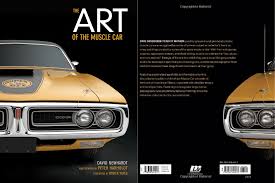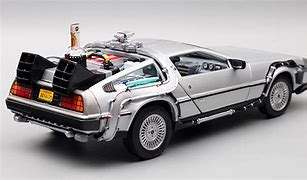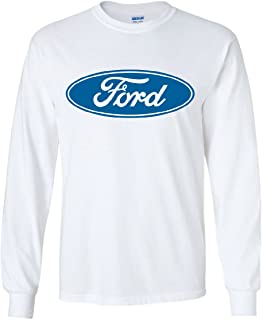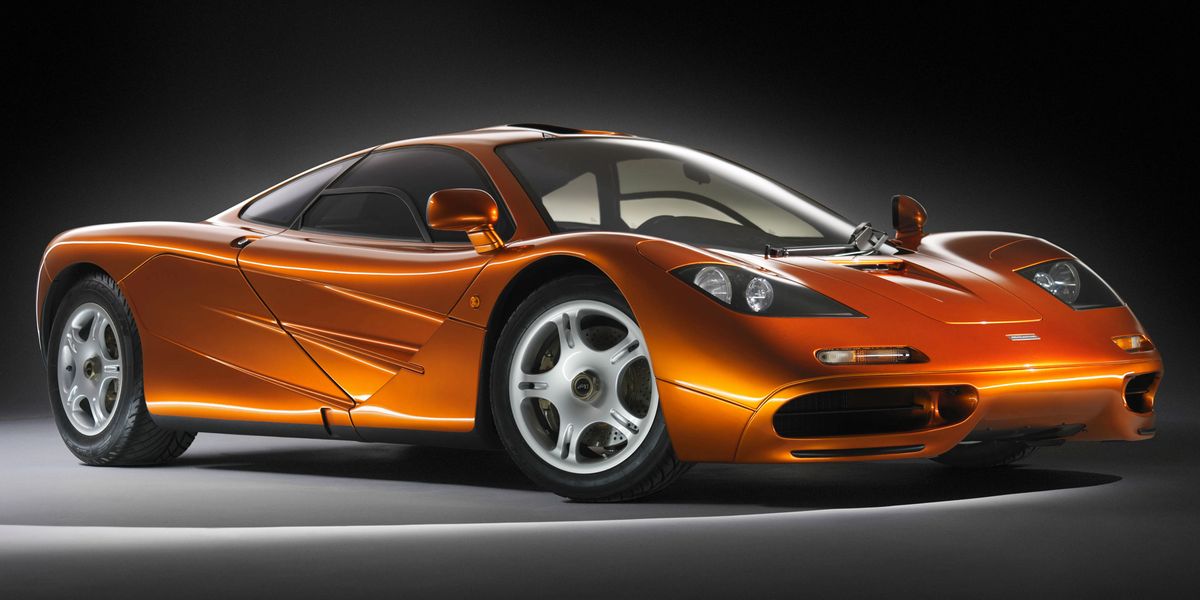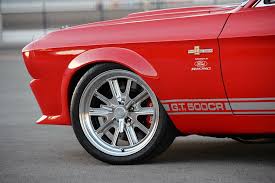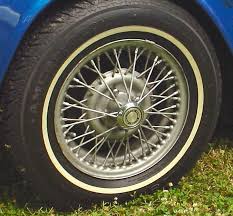A brief history of
Aston-Martin
Introduction
The car manufacturer Aston-Martin has made an important impact on the automotive world. In this article we will give a brief but detailed history of the Aston-Martin marque.
We will look at the origins of Aston-Martin looking at who, why, where and when Aston-Martin was founded. We'll look at the design of the iconic Aston-Martin logo and what are some the more significant Aston-Martin models.
We'll take a glance at what racing history the Aston-Martin has and who some of the most important people have been in the history of Aston-Martin over the years.
Who, where, when and why was
Aston-Martin founded?
Aston Martin, a renowned British luxury sports car manufacturer, was founded in 1913 by Lionel Martin and Robert Bamford. The company's inception can be traced back to a successful hill climb race in Aston Hill, Buckinghamshire, where Lionel Martin drove his car to victory. Inspired by this triumph, Martin and Bamford decided to establish a car company that would blend performance, elegance, and refinement.
Their vision for Aston Martin was to create exceptional vehicles that combined power, beauty, and luxury. The company's first production car, the Aston Martin Standard Sports, was released in 1915. However, due to the outbreak of World War I, the production and development of Aston Martin vehicles were halted.
Following the war, Aston Martin faced financial challenges, leading to changes in ownership. In 1926, the company was purchased by a group of investors led by Sir Arthur Sutherland, who brought financial stability and a new direction. The brand's legacy was cemented in 1947 when industrialist Sir David Brown acquired Aston Martin. Under his leadership, the company entered its golden age, producing iconic models such as the DB series.
Aston Martin's commitment to engineering excellence and performance has made it a formidable presence in motorsport. The brand has a long history of participating in various racing events, including the prestigious 24 Hours of Le Mans. Notable achievements include winning the World Sportscar Championship in 1959 and securing class victories at Le Mans.
Today, Aston Martin continues to thrive as a symbol of automotive artistry and craftsmanship. The company's unwavering dedication to producing breathtakingly beautiful and high-performance vehicles has earned it a loyal following worldwide.
How did the
Aston-Martin logo originate?

How did the Aston-Martin logo originate?
The Aston Martin logo, recognized globally as a symbol of elegance and power, has undergone several evolutions throughout the brand's history. The emblem reflects the values and heritage of the company, capturing the essence of its iconic sports cars.
Originally, the Aston Martin logo featured a simple design incorporating the initials "A" and "M" intertwined within a circle. This logo was used from the company's inception in 1913 until the 1920s, representing the early years of Aston Martin and its commitment to craftsmanship and precision.
In the 1930s, Aston Martin introduced a new logo known as the "winged emblem." This logo featured a pair of wings spread wide, representing the brand's desire for speed, freedom, and soaring performance. It symbolized the spirit of aviation and embodied the dynamic nature of Aston Martin's sports cars.
Over the years, the Aston Martin logo continued to evolve, with subtle changes made to refine and modernize its appearance. In recent decades, the company has returned to a simplified version of the winged emblem, emphasizing its timeless and classic aesthetic.
The logo's design, characterized by the winged motif, represents the brand's commitment to creating cars that combine exceptional performance and graceful elegance. It serves as a visual representation of Aston Martin's legacy, heritage, and commitment to producing high-quality, luxurious automobiles.
What are some of the significant
Aston-Martin models?
Aston Martin is renowned for producing high-performance sports cars that are both visually stunning and thrilling to drive. Over the years, the brand has introduced several iconic models that have left a lasting impact on the automotive industry and captured the hearts of enthusiasts worldwide.
One of Aston Martin's most significant models is the DB5, which gained international fame as the quintessential Bond car. Featured in the James Bond film "Goldfinger," the DB5 became synonymous with elegance, luxury, and sophistication. It showcased Aston Martin's commitment to crafting exquisite grand tourers with powerful engines, advanced technology, and refined design.
In the 1980s, Aston Martin launched the V8 Vantage, a car that took performance to new heights. With its muscular stance, aggressive styling, and a V8 engine delivering impressive power, the V8 Vantage became a symbol of raw performance and driving pleasure. It set the foundation for Aston Martin's future high-performance models.
Continuing the legacy of the V8 Vantage, Aston Martin introduced the Vanquish in the early 2000s. This grand tourer boasted a handcrafted aluminum body, a potent V12 engine, and cutting-edge technology. The Vanquish offered a perfect balance of comfort, luxury, and exhilarating performance, solidifying Aston Martin's position as a leading manufacturer of high-performance cars.
In recent years, Aston Martin has pushed the boundaries of performance even further with models like the DBS Superleggera. Equipped with a twin-turbocharged V12 engine producing immense power, the DBS Superleggera combines breathtaking acceleration with refined handling and exceptional agility. Its aerodynamic design and lightweight construction further enhance its performance capabilities.
Another standout model in Aston Martin's lineup is the Valkyrie, a hypercar developed in collaboration with Red Bull Racing. The Valkyrie showcases Aston Martin's expertise in aerodynamics and race-inspired engineering. With a hybrid powertrain delivering over 1,000 horsepower and a weight-saving carbon fiber construction, the Valkyrie represents the pinnacle of performance, speed, and technological innovation.
Aston Martin's commitment to performance extends beyond its road cars. The brand has also made a name for itself in motorsport, competing in various racing series and events. Notably, Aston Martin has achieved success in endurance racing, including multiple class victories at the 24 Hours of Le Mans and the FIA World Endurance Championship.
Through its remarkable models and racing achievements, Aston Martin has solidified its reputation as a manufacturer of exceptional high-performance cars. Each model represents a testament to the brand's dedication to crafting vehicles that embody the perfect balance of power, luxury, and exhilaration.

One of Aston-Martin's Most Iconic Models
Who are some of the most important people in
Aston-Martin's History
Behind Aston Martin's success are the talented individuals who have played pivotal roles in shaping the brand's legacy. From visionary designers to skilled engineers and charismatic leaders, these individuals have contributed their expertise and passion to create some of the world's most iconic cars.
One of the most significant figures in Aston Martin's history is Sir David Brown, who acquired the company in 1947. Brown's leadership transformed Aston Martin into a reputable luxury sports car manufacturer. Under his guidance, the company introduced the DB series, including the legendary DB5 featured in James Bond films. Brown's commitment to performance and design laid the foundation for Aston Martin's future success.
In the 1960s, the talented engineer Tadek Marek joined Aston Martin and developed the iconic V8 engine. Marek's engineering prowess led to the creation of the V8-powered DBS, V8 Vantage, and subsequent Aston Martin models. His innovative designs and technical expertise were instrumental in enhancing the performance and power of Aston Martin's cars.
Another influential figure is Ian Callum, a renowned automotive designer who played a significant role in shaping Aston Martin's modern design language. Callum's work on models such as the DB7, DB9, and Vanquish brought a contemporary and elegant aesthetic to the brand. His ability to blend timeless beauty with aerodynamic functionality has contributed to the allure and desirability of Aston Martin's cars.
More recently, Andy Palmer served as Aston Martin's CEO from 2014 to 2020. Palmer's strategic vision and leadership helped revive the brand and position it for future growth. Under his guidance, Aston Martin expanded its product portfolio, embraced electrification, and strengthened its presence in key global markets. Palmer's commitment to innovation and brand development ensured Aston Martin's continued relevance in the evolving automotive landscape.
In addition to these key individuals, numerous designers, engineers, and racing drivers have played vital roles in Aston Martin's history. From the skilled craftsmen who hand-assemble each car to the talented drivers who have competed on the world's most demanding race tracks, their collective efforts have contributed to Aston Martin's reputation for excellence.
It is the collective talent and passion of these individuals that has propelled Aston Martin to new heights, solidifying its position as a leading manufacturer of luxury and high-performance cars. Their dedication to craftsmanship, engineering ingenuity, and visionary leadership continues to shape the future of the brand.

One of the most influential people in the history of Aston-Martin
Aston-Martin's Racing History

Aston-Martin in Motorsport
Aston Martin's racing history is as captivating as its road cars, with the brand's iconic vehicles making their mark on the world's most prestigious race tracks. Aston Martin's racing heritage dates back to the early 20th century, and the company has been involved in various forms of motorsport, showcasing its performance capabilities and pushing the limits of engineering and design.
One of the notable chapters in Aston Martin's racing history is its participation in endurance racing, particularly the 24 Hours of Le Mans. Aston Martin first competed in the renowned race in the 1930s, with notable success in the years that followed. In the mid-1950s, the Aston Martin DBR1, powered by a six-cylinder engine, secured victory in the 24 Hours of Le Mans in 1959, marking a significant milestone for the brand.
In more recent times, Aston Martin has remained actively involved in endurance racing. The company's Aston Martin Racing team has achieved remarkable success, including multiple class victories at Le Mans. Notable achievements include winning the GT1 class in 2007 with the Aston Martin DBR9, and the GTE Pro class in 2017 with the Aston Martin Vantage GTE. These victories demonstrate Aston Martin's commitment to motorsport and its ability to compete against strong competition.
Aston Martin has also made a mark in the world of GT racing. The brand's GT cars, derived from its road-going models, have consistently showcased their performance and durability on various circuits around the globe. The Aston Martin Vantage GT3 and GT4 have achieved numerous wins and podium finishes in championships such as the Blancpain GT Series and the British GT Championship, solidifying the brand's reputation as a force to be reckoned with in GT racing.
Aston Martin's racing legacy extends beyond endurance and GT racing. The brand has also ventured into Formula One, one of the most prestigious and challenging forms of motorsport. In 2021, Aston Martin returned to Formula One as a works team, marking a significant milestone for the company. The team's participation in Formula One reflects Aston Martin's commitment to pushing boundaries, embracing technological advancements, and showcasing its engineering prowess on a global stage.
Through its participation in various racing disciplines, Aston Martin continues to refine its engineering capabilities and refine its road cars. Racing provides valuable insights into performance, aerodynamics, and durability, which are then incorporated into Aston Martin's production vehicles, enhancing their performance and overall driving experience.
With a rich racing heritage and a commitment to pushing the boundaries of performance and technology, Aston Martin's presence in motorsport remains a testament to its engineering excellence and competitive spirit. As the brand continues to evolve and embrace new challenges, its racing endeavors will undoubtedly shape the future of Aston Martin and cement its position as a formidable force in the world of motorsport.
Summary
Aston Martin, a legendary British car manufacturer, is synonymous with luxury, performance, and timeless design. With a rich history spanning over a century, Aston Martin has created some of the world's most iconic and sought-after automobiles. From their elegant grand tourers to their exhilarating sports cars, Aston Martin combines craftsmanship, power, and sophistication to deliver an unforgettable driving experience.
Founded in 1913 by Lionel Martin and Robert Bamford, Aston Martin has become a symbol of automotive excellence. The company's commitment to innovation and precision engineering has resulted in numerous groundbreaking models throughout its history. Aston Martin's dedication to motorsport has also been a driving force behind its success, with notable achievements in endurance racing, GT racing, and even Formula One.
Today, Aston Martin continues to captivate automotive enthusiasts with its range of high-performance vehicles, each meticulously crafted with attention to detail and a relentless pursuit of perfection. With its distinctive design language, powerful engines, and cutting-edge technology, Aston Martin stands as an embodiment of automotive artistry and automotive prowess.
View Aston-Martin Car Specifications
More Manufacturer Histories.
